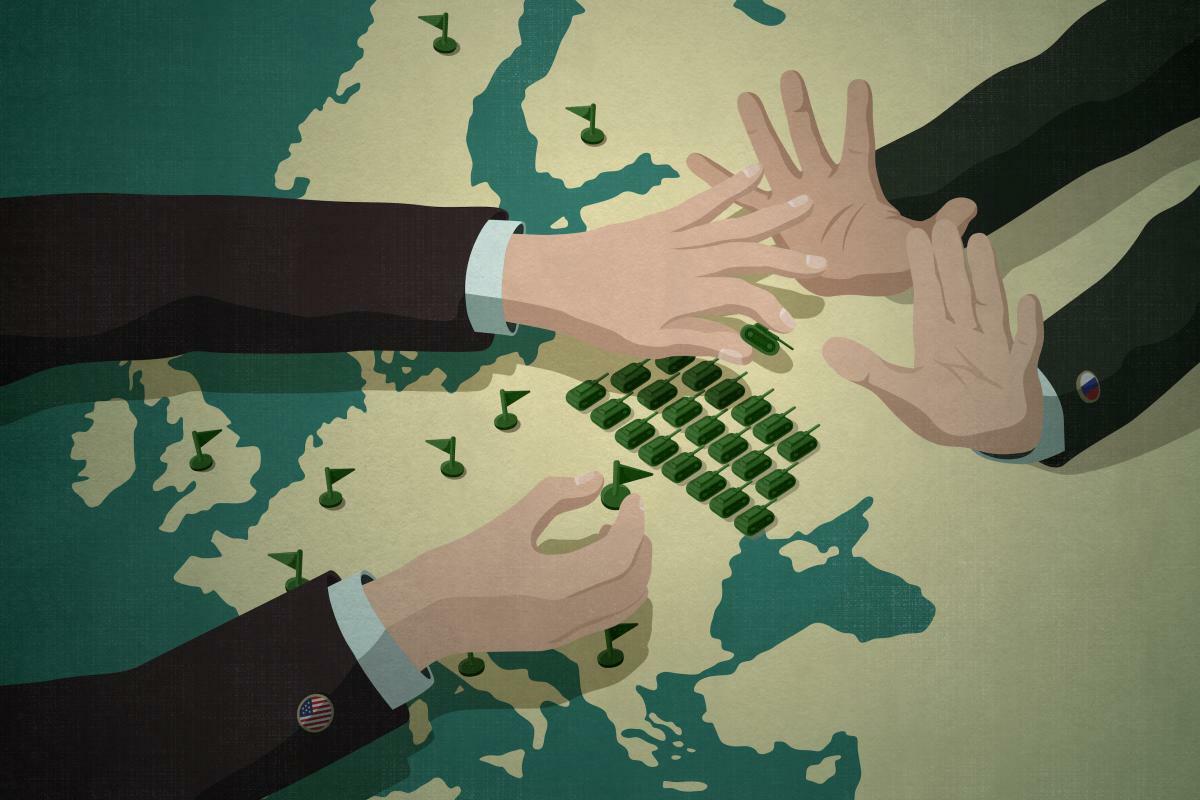Containment Beyond the Cold War
How Washington Lost the Post-Soviet Peace
By M. E. Sarotte – Foreign Affairs
On December 15, 1991, U.S. Secretary of State James Baker arrived in Moscow amid political chaos to meet with Russian leader Boris Yeltsin, who was at the time busy wresting power from his nemesis, Soviet President Mikhail Gorbachev. Yeltsin had recently made a shocking announcement that he and the leaders of Belarus and Ukraine were dismantling the Soviet Union. Their motive was to render Gorbachev impotent by transforming him from the head of a massive country into the president of nothing.
In the short run, it was a brilliant move, and within ten days, it had succeeded completely. Gorbachev resigned, and the Soviet Union collapsed. The long-term consequences, however, were harder to grasp.
Even before Yeltsin’s gambit, Baker had begun worrying about whether the desire of some Soviet republics to become independent might yield bloodshed. On November 19, 1991, he had asked one of Gorbachev’s advisers, Alexander Yakovlev, if Ukraine’s breaking away would prompt violent Russian resistance. Yakovlev was skeptical and responded that there were 12 million Russians in Ukraine, with “many in mixed marriages,” so “what sort of war could it be?” Baker answered simply: “A normal war.”
#USSR #NATO #SovietUnion #Ukraine #Russia #RussianFederation #ColdWar #History #politics #Yeltsin #Gorbechev #Clinton #Bush #europe #Kosovo #ForeignRelations #ForeignAffairs


